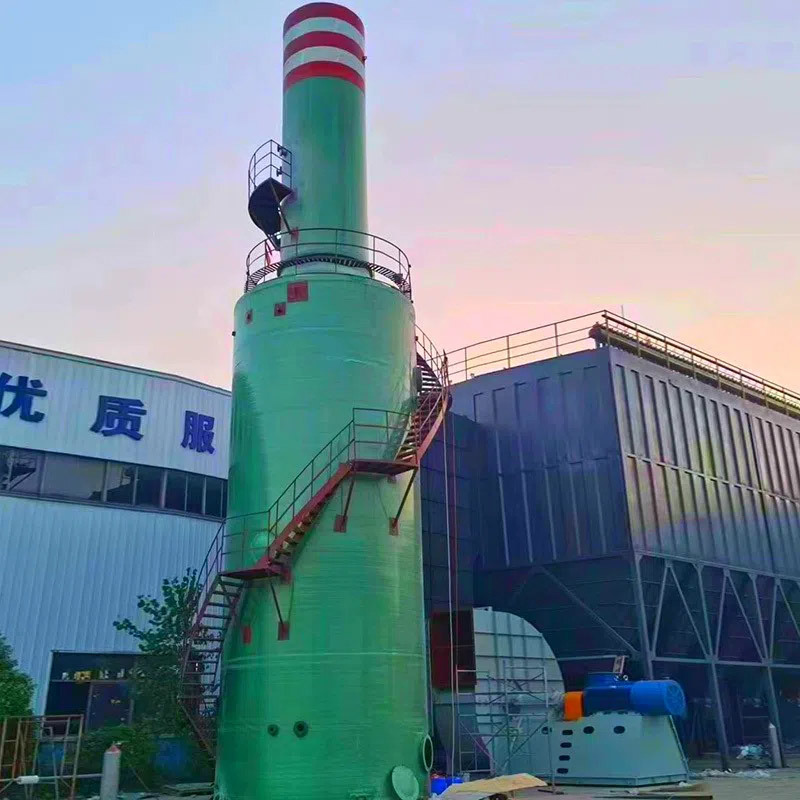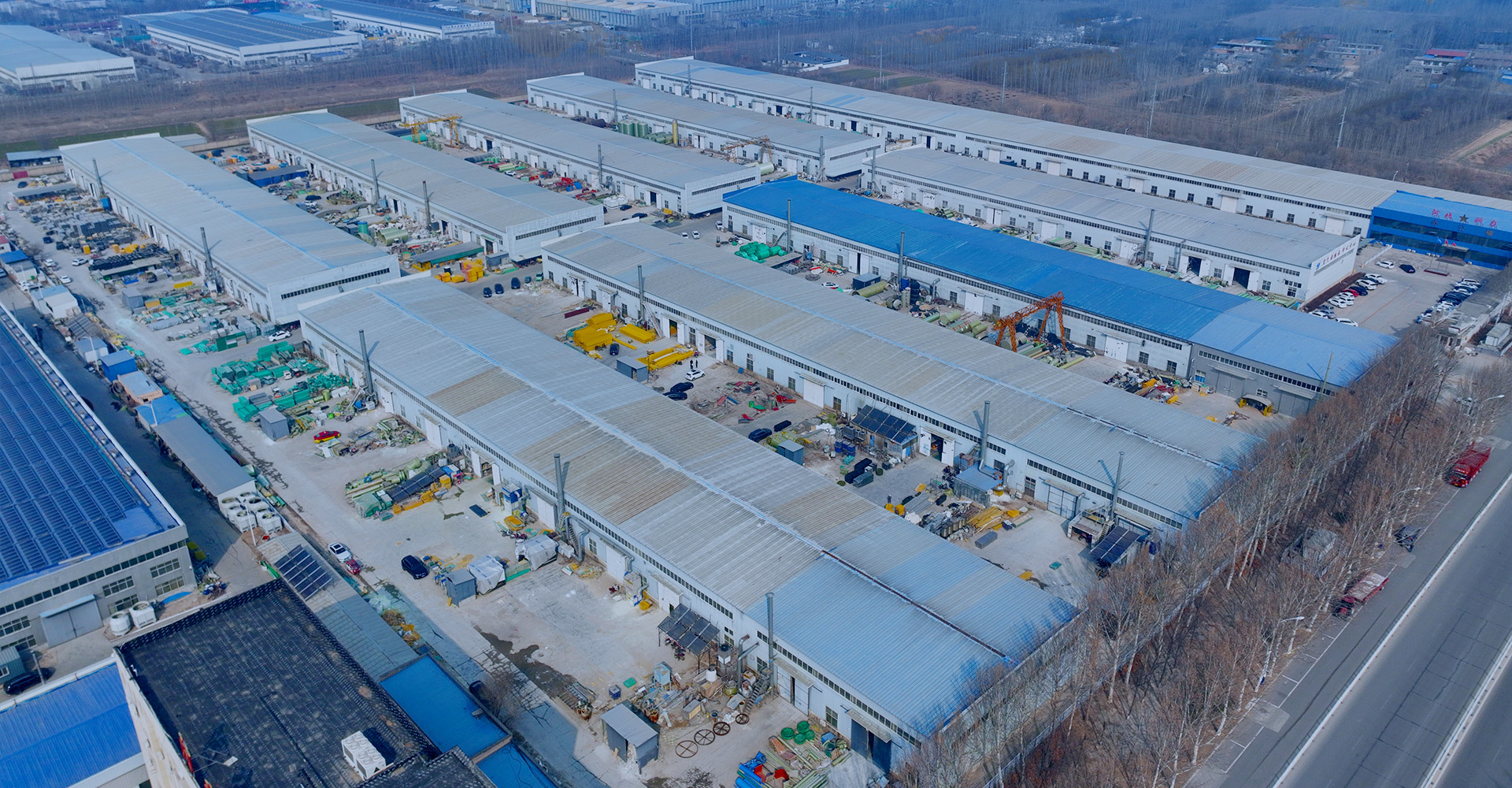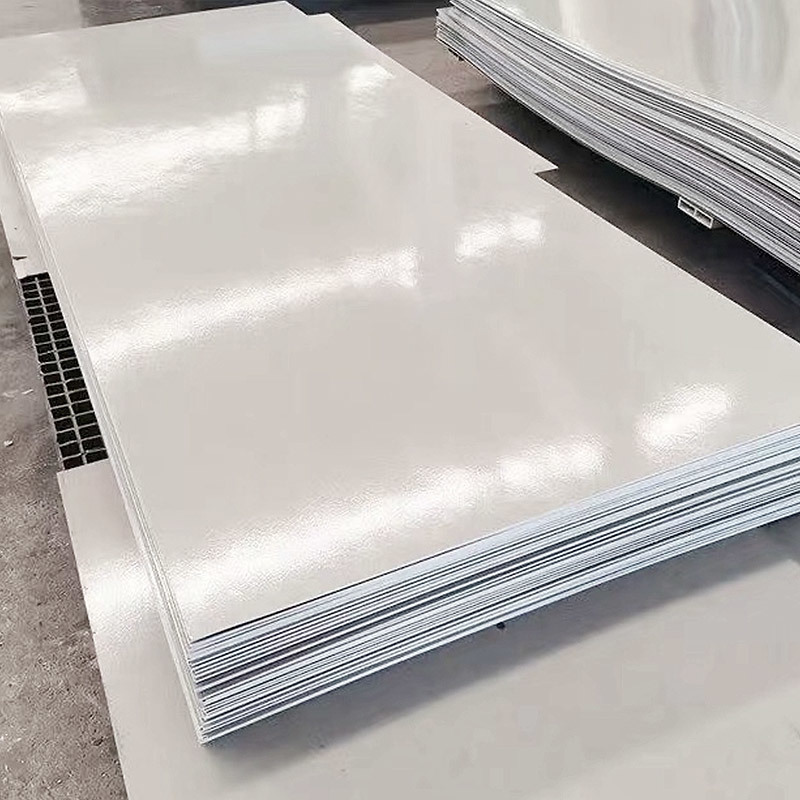Advanced Fiberglass Desulfurization Towers: Revolutionizing Rubber Processing Efficiency
Jul 24,2025
Advanced Fiberglass Desulfurization Towers: Revolutionizing Rubber Processing Efficiency
Table of Contents
1. Introduction to Advanced Fiberglass Desulfurization Towers
2. The Importance of Desulfurization in Rubber Processing
3. The Technology Behind Advanced Fiberglass Desulfurization Towers
4. Benefits of Using Fiberglass Desulfurization Towers
5. Applications in the Rubber

Advanced Fiberglass Desulfurization Towers: Revolutionizing Rubber Processing Efficiency
Table of Contents
- 1. Introduction to Advanced Fiberglass Desulfurization Towers
- 2. The Importance of Desulfurization in Rubber Processing
- 3. The Technology Behind Advanced Fiberglass Desulfurization Towers
- 4. Benefits of Using Fiberglass Desulfurization Towers
- 5. Applications in the Rubber Processing Industry
- 6. Comparison with Traditional Desulfurization Methods
- 7. Regulatory Compliance and Environmental Impact
- 8. Future Trends in Desulfurization Technology
- 9. Frequently Asked Questions (FAQs)
- 10. Conclusion
1. Introduction to Advanced Fiberglass Desulfurization Towers
In recent years, the rubber processing industry has faced increasing scrutiny regarding its environmental impact, particularly concerning sulfur emissions. To address these challenges, **advanced fiberglass desulfurization towers** have emerged as a revolutionary solution. These towers not only help in the efficient removal of sulfur compounds but also enhance the overall processing capabilities of rubber manufacturers. In this article, we will explore the technology, advantages, and implications of using fiberglass desulfurization towers within the rubber processing sector.
2. The Importance of Desulfurization in Rubber Processing
Desulfurization is a critical process in rubber production, as sulfur is commonly used to enhance the properties of rubber through vulcanization. However, the release of sulfur compounds into the atmosphere can lead to severe environmental issues, including air pollution and acid rain. Therefore, implementing effective desulfurization techniques is not just important for compliance with environmental regulations but also essential for sustainable manufacturing practices.
2.1 Environmental Concerns
The rubber industry generates significant amounts of sulfur dioxide (SO2) during production. This compound is known to contribute to acid rain, which can damage ecosystems and human health. As stricter regulations come into play globally, there is an urgent need for innovative solutions that can help reduce sulfur emissions without compromising production efficiency.
2.2 Economic Impact
Non-compliance with environmental regulations can lead to hefty fines, operational interruptions, and damage to a company’s reputation. By adopting advanced desulfurization technologies, rubber manufacturers can not only avoid these penalties but also enhance their operational performance, leading to cost savings in the long run.
3. The Technology Behind Advanced Fiberglass Desulfurization Towers
Advanced fiberglass desulfurization towers utilize state-of-the-art filtration and absorption technologies to effectively eliminate sulfur compounds from exhaust gases. The design of these towers ensures maximum contact between the gas and the absorbent material, optimizing removal rates.
3.1 Structural Composition
The towers are constructed from high-quality fiberglass, which is known for its durability and resistance to corrosive substances. This makes fiberglass towers highly effective and long-lasting in harsh industrial environments.
3.2 Operational Mechanism
The operational process typically involves passing exhaust gases through a series of packed beds filled with absorbent materials. **Chemical reactions** occur, leading to the neutralization of harmful sulfur compounds. This two-step process—absorption and reaction—ensures that emissions are significantly reduced before they are released into the atmosphere.
4. Benefits of Using Fiberglass Desulfurization Towers
The adoption of advanced fiberglass desulfurization towers offers numerous benefits to rubber processing facilities, including:
4.1 Enhanced Efficiency
These towers are designed to operate continuously, ensuring that the desulfurization process does not interrupt production. Their high efficiency means that companies can maintain peak operational performance while complying with environmental regulations.
4.2 Reduced Operational Costs
By minimizing sulfur emissions, companies can reduce expenses related to fines and operational delays. Additionally, the long lifespan of fiberglass towers leads to less frequent replacements or repairs, resulting in lower maintenance costs.
4.3 Improved Product Quality
With effective desulfurization, rubber products maintain consistent quality, free from defects caused by excess sulfur compounds. This leads to higher customer satisfaction and repeat business.
5. Applications in the Rubber Processing Industry
Advanced fiberglass desulfurization towers have numerous applications in the rubber processing industry, including:
5.1 Vulcanization Processes
During vulcanization, sulfur is added to rubber to enhance its properties. However, the process also generates sulfur compounds that need to be managed. **Fiberglass towers** effectively capture these emissions, ensuring a cleaner production environment.
5.2 Waste Gas Treatment
In facilities where rubber is processed, waste gases are a common byproduct. Fiberglass desulfurization towers can treat these gases, ensuring they meet regulatory standards before release.
6. Comparison with Traditional Desulfurization Methods
When comparing advanced fiberglass desulfurization towers to traditional methods, several distinguishing factors emerge:
6.1 Performance Efficiency
Traditional desulfurization methods may employ less efficient materials or technologies, leading to incomplete sulfur removal. In contrast, fiberglass towers optimize contact between gases and absorbents, significantly enhancing removal efficiency.
6.2 Environmental Impact
Older systems often do not fully comply with modern environmental regulations, exposing companies to regulatory risks. Fiberglass towers, however, are designed to exceed these standards, promoting sustainable practices.
6.3 Maintenance Requirements
Traditional methods may require more frequent maintenance and replacements due to wear and tear. The robust nature of fiberglass towers reduces these needs, leading to lower operational disruptions.
7. Regulatory Compliance and Environmental Impact
Environmental regulations surrounding sulfur emissions continue to tighten. Companies in the rubber processing industry must adapt to these changes to ensure compliance and protect the environment.
7.1 Meeting Emission Standards
Advanced fiberglass desulfurization towers are engineered to meet and often exceed the latest emission standards set by environmental agencies. This not only protects the environment but also ensures that companies avoid costly fines.
7.2 Promoting Sustainable Practices
By adopting advanced technologies, rubber manufacturers can promote sustainability within their operations. This is increasingly becoming a selling point for customers who are concerned about the environmental impact of the products they purchase.
8. Future Trends in Desulfurization Technology
As the rubber processing industry evolves, so too will the technologies used for desulfurization. Future trends may include:
8.1 Integration with Automation
The integration of automation into desulfurization processes can enhance efficiency and reduce human error. Advanced monitoring systems may provide real-time data, allowing for quick adjustments to optimize performance.
8.2 Enhanced Materials
Ongoing research into materials for desulfurization may lead to even more effective absorbents that can capture a broader range of sulfur compounds. This would further improve the efficiency of fiberglass towers.
9. Frequently Asked Questions (FAQs)
9.1 What are fiberglass desulfurization towers?
Fiberglass desulfurization towers are advanced systems designed to remove sulfur compounds from exhaust gases in rubber processing, promoting environmental compliance.
9.2 How do these towers work?
They operate by passing gases through packed beds of absorbent materials, where chemical reactions neutralize harmful sulfur compounds.
9.3 What are the benefits of using these towers?
Benefits include enhanced operational efficiency, reduced costs, improved product quality, and compliance with environmental regulations.
9.4 Are fiberglass towers suitable for all rubber processing facilities?
Yes, they can be customized to fit various production environments and sizes, making them versatile for diverse rubber processing needs.
9.5 What is the lifespan of fiberglass desulfurization towers?
Due to their durable construction, fiberglass towers typically have a long lifespan, reducing the need for frequent replacements.
10. Conclusion
The implementation of **advanced fiberglass desulfurization towers** represents a significant advancement in the rubber processing industry. By enhancing efficiency, reducing emissions, and ensuring compliance with increasingly stringent environmental regulations, these towers are not only a game-changer but also a vital step toward sustainable rubber production. As technology continues to evolve, the future looks promising for manufacturers willing to invest in innovative solutions that improve both their operations and their environmental footprint. Embracing such advancements will undoubtedly pave the way for a cleaner, more efficient rubber processing industry for years to come.
Previous:




